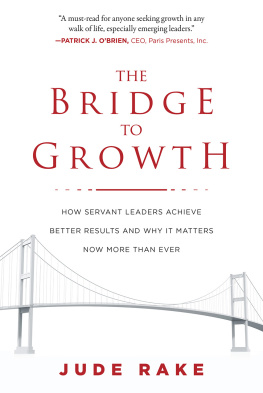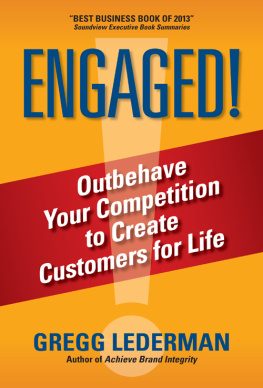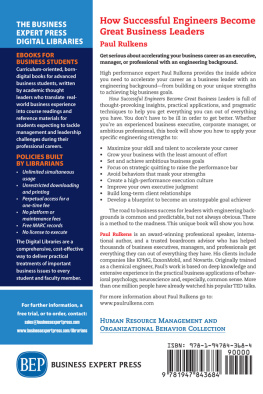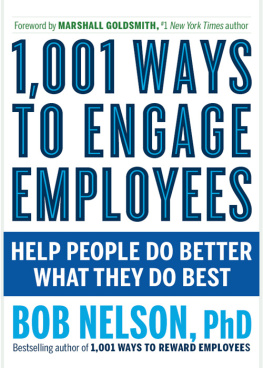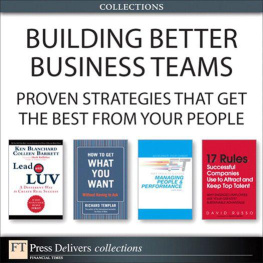Copyright 2017 by Jude Rake
All rights reserved. No part of this book may be reproduced in any manner without the express written consent of the publisher, except in the case of brief excerpts in critical reviews or articles. All inquiries should be addressed to Skyhorse Publishing, 307 West 36th Street, 11th Floor, New York, NY 10018.
Skyhorse Publishing books may be purchased in bulk at special discounts for sales promotion, corporate gifts, fund-raising, or educational purposes. Special editions can also be created to specifications. For details, contact the Special Sales Department, Skyhorse Publishing, 307 West 36th Street, 11th Floor, New York, NY 10018 or .
Skyhorse and Skyhorse Publishing are registered trademarks of Skyhorse Publishing, Inc., a Delaware corporation.
Visit our website at www.skyhorsepublishing.com.
10 9 8 7 6 5 4 3 2 1
Library of Congress Cataloging-in-Publication Data is available on file.
Cover design by Rain Saukas
Print ISBN: 978-1-5107-2840-0
Ebook ISBN: 978-1-5107-2841-7
Printed in the United States of America
To Kathy
I dedicate this book to my beautiful wife for fueling my growth in so many ways. Your guidance regarding the principles detailed in this book, your unwavering support, and your love have made this life an incredible joy ride.
Table of Contents
Preface
T he goal of The Bridge to Growth is to help leaders and emerging leaders achieve personal, professional, and financial growth. Its the same goal upon which I founded my firm, JDR Growth Partners.
This is intentionally a short book, and Ive attempted to maximize useful-insight-per-page. I sought the advice of several authors and pundits. A few of themperhaps well meaningsuggested that I add superfluous content that would help me sell more books. I eventually realized that it was exactly this approach that had fueled the creation of the many business books I never finished (even though I started them with enthusiasm). I frequently found most of the value in the first half of the book, and the remainder skimmable at best. I did not want to create that kind of book.
To maximize useful insight from cover to cover, I used a framework akin to an executive memo. For those who prefer processing information with some degree of linearity, this will probably connect with you. Chapters are structured around nine guiding principles. Each chapter includes a short introduction, a statement of The Leadership Principle, a set-up of the problem titled The Leaders Challenge, my assessment of What Matters Most, and at least one Success Model to help bring the principle to life based on my experiences. I also promise useful tips and tools throughout, but no fluff.
Theres an age-old debate in the business world: Whats more important, strategy or execution? I believe both are critical. But what if something else is just as important? What if there is a third ingredient to business success, one that many companies undervalue, namely servant leadership?
Informed by my 35-plus years of leading high performance teams and over a decade as a president and CEO, The Bridge to Growth reveals how servant leaders bridge strategy into exceptional execution by elevating the commitment and performance of the people they lead.
In todays business climate, the cadence between strategy and execution is compressing, making the integration of the two more important than ever. Too many workers are being left out of this equation. More and more people are disconnected from their companys goals, even though they still report being satisfied with their jobs. A Global Workforce Survey conducted by Towers Watson revealed that a mere 21 percent of workers feel engaged and truly committed to their companys success and goals, even though 86 percent report liking their jobs. Is this reflective of a failure of leadership, a shift in the attitudes of todays workers, or both?
Apparently, many people are settling for a job that satisfies their basic needs, yet denies them a motivating answer to two important questions: How does my personal work connect to my companys goals, and how can I help us achieve them? In these cases, leaders have unfortunately failed to fully engage workers in either the development or execution of their companys mission, goals, and ultimately its journey toward success or failure. Too often, workers are being over-managed and under-led. I believe this commitment gap represents the largest source of untapped potential to create economic value in our society today.
How can leaders tap into this gap and raise the performance bar? This question matters more now than it ever has. As our world becomes more socially connected, more women progress into leadership roles, and millennials seek more meaning and purpose in their work than previous generations did, the principles of servant leadership are becoming more relevant than ever before.
I believe leadership is both art and science, and that it can be learned. For almost four decades, Ive been a voracious student of leadership, and Ive been fortunate to work with some outstanding leaders. In this book, Ive captured much of what Ive learned. The Bridge to Growth provides leaders, emerging leaders, stakeholders, and board members a blueprint of nine proven leadership principles to move the people you lead from satisfactorily disengaged to enthusiastically committed to making a difference and winning.
If you are interested in growing as a leaderand if you perhaps also agree that many aspects of great leadership are not innateyou have my promise that this book is worth your time.
Introduction
M ost leaders ascend to ever-increasing levels of influence because they are smart and assertive, and because they deliver good resultsand not necessarily because they are great at bringing out the best in other people. Yet leading people becomes increasingly important the higher one ascends. Could this be why so many would-be leaders struggle once they reach senior leadership positions in businesses, schools, governments, churches, and other organizations?
Unfortunately, many organizations treat leadership as though it is an innate ability. Something youre born with. Something that just happens naturally. While organizations readily invest in teaching their employees routine or requisite skills, they provide little development when it comes to leading people. This is one reason why so many organizations are under-led and over-managed, and why so many people feel disengaged from their organizations mission and goals.
Almost every leader fights the creeping feeling that his or her team could be achieving more. These leaders constantly wonder if they are doing everything possible to enable the success of the people they lead. I believe the best leaders feel these yearnings the most. While they are beholden to the stakeholders who hired them, these leaders are also driven by the sense of responsibility they feel toward their workforce.
My most significant personal confrontation with this dilemma happened early in my career when I was promoted to Business Vice President at SC Johnson, replacing Fisk Johnson as he moved upstairs to eventually take the company leadership reigns from his father, Sam Johnson, upon his retirement. It was a big step in my career. I transitioned from an emerging leader roleheading a small, albeit very successful teaminto a corporate officer role leading one of the companys largest divisions. Our CEO at the time was fond of working with The Boston Consulting Group (BCG), with whom I would now be paired. They were tasked with analyzing our current situation and recommending a strategy for accelerating profitable growth of the division I now led. As I built and launched my leadership team, and BCG performed their analytics in parallel, I became increasingly concerned about the separation between the two. While the BCG consultants were clearly very bright, they lacked experience and were not digging into the business as much as I had expected them to. I sensed that the project was streaming toward strategic recommendations that might be too superficial in nature, and not adequately grounded in facts and research. Worse, my leadership team increasingly did not want to be bothered by the consulting project at all! They viewed the consultants as a distraction from the day-to-day reality and demands of their roles and responsibilities. They had real and pressing work to do. I began to worry that BCG would develop a plan for which none of my team felt ownership. I knew such a plan would be doomed to fail.

